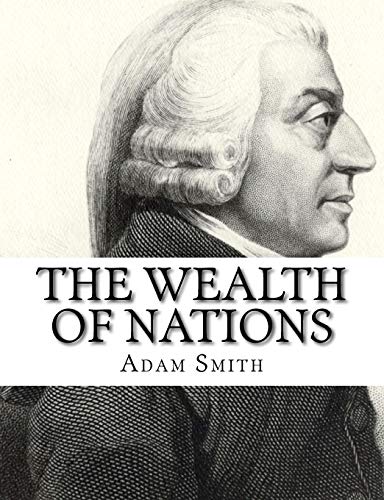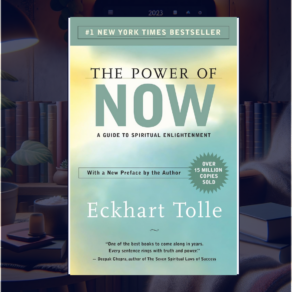“The Wealth of Nations”, formally titled “An Inquiry into the Nature and Causes of the Wealth of Nations,” by Adam Smith, is a seminal work that laid the foundational principles for modern economics. Published in 1776, it is a comprehensive exploration of economic systems, theories, and practices, filled with detailed analysis and observations that have greatly influenced capitalist thought.
The book is divided into five books, each addressing different aspects of economics.
In Book I, Smith discusses the concept of the division of labor, describing it as a key factor in economic progress. He argues that specialization and the breaking down of tasks into smaller, manageable parts increases efficiency and productivity. Furthermore, Smith outlines the idea of a ‘natural price’ determined by labor, rent, and profit, thereby introducing the ‘Labour Theory of Value’.
Book II examines the nature of capital, its use, and its impact on economic activity. Smith posits that capital accumulation is crucial for economic growth and discusses the different types of capital, including fixed and circulating capital.
Book III is a historical examination of the rise of economic prosperity in Europe. Smith studies the shift from feudalism to commerce and how economic forces, such as division of labor and capital accumulation, played a role in this transition.
In Book IV, Smith critiques mercantilism, an economic theory popular at the time that advocated for national self-sufficiency and amassing wealth through trade surpluses. He introduces the concept of the ‘Invisible Hand’, arguing that individuals pursuing their own self-interest inadvertently contribute to the common good. This part of the book is also where Smith elaborates his theory of absolute advantage, suggesting that nations should specialize in producing goods they can make more efficiently than other countries.
Finally, Book V discusses the role of the government in the economy. While Smith advocates for limited government intervention, he acknowledges three essential duties of the state: providing defense, administering justice, and maintaining certain public works and institutions.
“The Wealth of Nations” is, at its core, a treatise advocating for free trade, competition, and liberty in economic affairs. It presents a robust defense of free-market capitalism and sets out key economic principles that continue to shape our understanding of wealth creation.
While it recognizes the potential for market failures and the necessary role of the government, it fundamentally posits that self-interest and competition are powerful forces that drive economic prosperity. This groundbreaking work has indelibly shaped the field of economics and continues to be a point of reference in contemporary economic debates.
Book Club Questions
“The Wealth of Nations” by Adam Smith is a dense and comprehensive work, primarily intended for economic scholars rather than casual readers. However, it certainly provides ample material for thoughtful discussion. Here are some book club questions you might consider:
- How did Adam Smith’s concept of the ‘division of labor’ resonate with you? Can you think of modern examples where this principle is evident?
- Smith famously introduced the idea of the ‘invisible hand’ – the notion that individual self-interest indirectly promotes the good of society. How do you see this principle playing out in our current economic landscape?
- The book criticizes mercantilism and argues for free trade. How does this stance align with or contradict contemporary trade policies?
- How does Smith’s ‘Labour Theory of Value’ contrast with our present understanding of how prices are determined?
- Smith discusses the role of government in the economy and suggests it should be limited. Given our current economic challenges, do you agree or disagree with this view?
- “The Wealth of Nations” provided a basis for capitalist thought. Discuss the positive and negative aspects of capitalism as presented in the book and as they exist today.
- Smith’s idea of ‘absolute advantage’ in international trade has been largely superseded by the concept of ‘comparative advantage’. What are your thoughts on these theories?
- Consider the historical context in which Smith was writing. How do you think the economic and political climate of the time influenced his ideas?
- How has reading “The Wealth of Nations” influenced your understanding of economics and the principles that underlie our economic systems?
- Finally, how relevant do you think Smith’s arguments and theories are in the 21st century? Which ideas seem outdated, and which still hold true?
This book is a complex economic treatise and to engage with it fully may require some understanding of economic theory and history. Nevertheless, the broad themes and ideas within it have had a profound impact on our world and should provide ample material for a lively discussion.
I hope you find the Wealth of Nations summary helpful!







